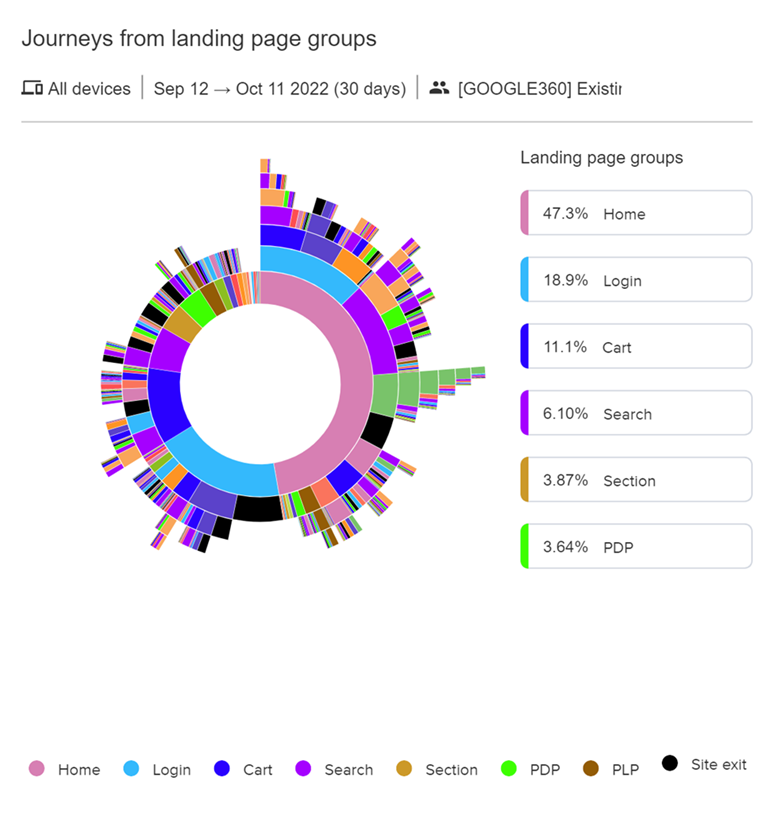Master Planning to Make Your Supply Chain More Efficient

Master Planning plays a pivotal role in streamlining production, procurement, and distribution processes, enabling organizations to enhance efficiency and achieve key benefits such as maximizing demand satisfaction, minimizing costs, and optimizing asset utilization. Here, we will explore the three main types of planning, delve into the inputs that drive supply plans, and discuss the day-to-day tasks of master planners.
Master Supply Planning Overview
Master Supply Planning is a comprehensive discipline that optimizes various aspects of the supply chain. It operates on a global scale, ensuring synchronization and responsiveness to supply and demand fluctuations. To make the most of this planning, companies need to employ various dashboards, reports, and interactive applications to meet the requirements of the job.
Master Supply Planning applications often leverage two types of algorithms: optimization and heuristic. These algorithms are versatile and can be applied across a wide range of industries, thanks to a flexible data model that encompasses manufacturing and distribution processes.

Three Main Types of Planning
- Strategic Planning: This type of planning focuses on the broader organizational goals, including future growth, supply chain evaluation, and resource allocation. It often involves long-term planning for several years into the future.
- Tactical Planning: Tactical planning is all about implementing the strategies defined in the strategic plan. It optimizes the supply chain, adhering to business policies and constraints, and typically looks at the next year or so. Tactical planners collaborate with various departments to understand factors like product lifecycles, marketing promotions, and market potential.
- Operational Planning: Operational planning ensures that order commitments are met even in the face of operational challenges. Planners monitor supply chain performance and plan results to address material and resource exceptions. Operational plans usually focus on the next several weeks.
Inputs Into Supply Plans
Supply plans are generated based on a variety of data inputs, including:
- Master Data: This includes items and locations.
- Demand Inputs: Comprising forecast orders, customer orders, and safety stock orders.
- Supply Inputs: Consisting of inventory on hand, scheduled supplies, in-transits, and purchase orders.
Constraints are essential in the planning process and encompass material, time, and production capacity constraints.

Day-to-Day Planning Tasks
Master planners perform numerous tasks on a daily basis, with a focus on managing exceptions and addressing unexpected events. These tasks include:
- Reviewing master data for issues and updating default parameters.
- Analyzing the plan using analysis tools, reports, and interactive applications.
- Using reports and interactive applications to review demand satisfaction and exceptions.
- Tracking plan performance and aligning results with the annual operating plan.
- Ensuring risk and contingency plans are in place to address any issues in the annual plan.
Conclusion
Master Supply Planning is a crucial component of an optimized supply chain, offering the potential for efficient operations and cost savings. K3 Group, with its team of strategic consultants, can help your business make the most of Master Supply Planning, ensuring you maximize efficiency, reduce costs, and meet demand effectively. With their expert guidance, your supply chain will be better equipped to thrive in today’s dynamic business environment.
Here are the other supply chain processes we support including demand planning, master planning, and fulfillment provided by our partners like BlueYonder, o9, and Kinaxis.

















